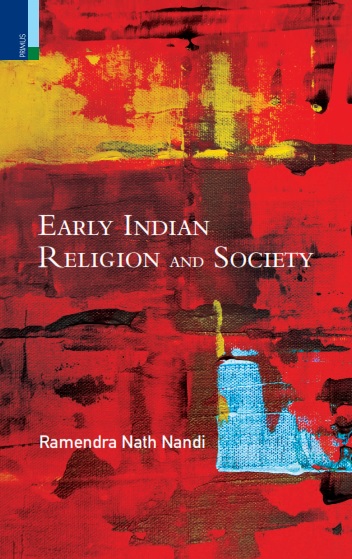Early Indian Religion and Society by Ramendra Nath Nandi

INFORMATION
- AUTHOR : Ramendra Nath Nandi
- HB ISBN : 978-93-5572-363-5
- Year : 2023
- Extent : 360
- Discount available on checkout
- Usually dispatched within 3 to 5 working days.
Early Indian Religion and Society examines the gradual disappearance of sacrificial liturgy in South Asia in the first millennium BCE, prompting priestly brahmaṇas to look towards subaltern rituals and clients, particularly sudras. The growth of urbanization intensified social tensions as well as dissent against sectarian authorities, ultimately leading to the breakup of all major religious sects. As a result, the ideology of total devotion (Bhakti) to a supreme personal lord—lauded in the Ramayana, the Mahabharata and the Bhagavad Gita—spread across the subcontinent. The Bhakti movement and the increasingly restrictive caste system prompted lower castes to aspire to a higher social status.
The volume then moves into exploring how templecentric cults became the norm in the first millennium CE. During this period, the overarching influence of tantric cults engulfed most major religious sects, encouraging the proliferation of black magic and superstition. The increasing regimentation of the caste organization prompted upward social mobility in lower segments of society. The predominance of matrilocal and matrilineal families in the peninsular region put women at par with men. The urban places flourished or declined as according the society to which these were integrated. This book examines the evidence for these important shifts and provides a comprehensive view of the early Indian social and religious context.
The Author
Ramendra Nath Nandi is former Professor of History, Patna University. His major publications are: The Ṛgveda: In its Historical Setting (2018); An Outline of the Aryan Civilization (2017); Ideology and Environment, Situating the Origin of Vedic Culture (2009); Aryans Revisited (2001); State Formation, Agrarian Growth and Social Change in Feudal South India, AD 600–1200 (2000); Prachin Bharat Me Dharma Ke Samajik Adhar (in Hindi, 1998); Social Roots of Religion in Ancient India (1986); Critical Edition of S.C. Nandimath’s A Handbook of Virasaivism (London, 1942; revd. edn. 1979); and Religious Institutions and Cults in the Deccan (c. AD 600–1000) (1973).




